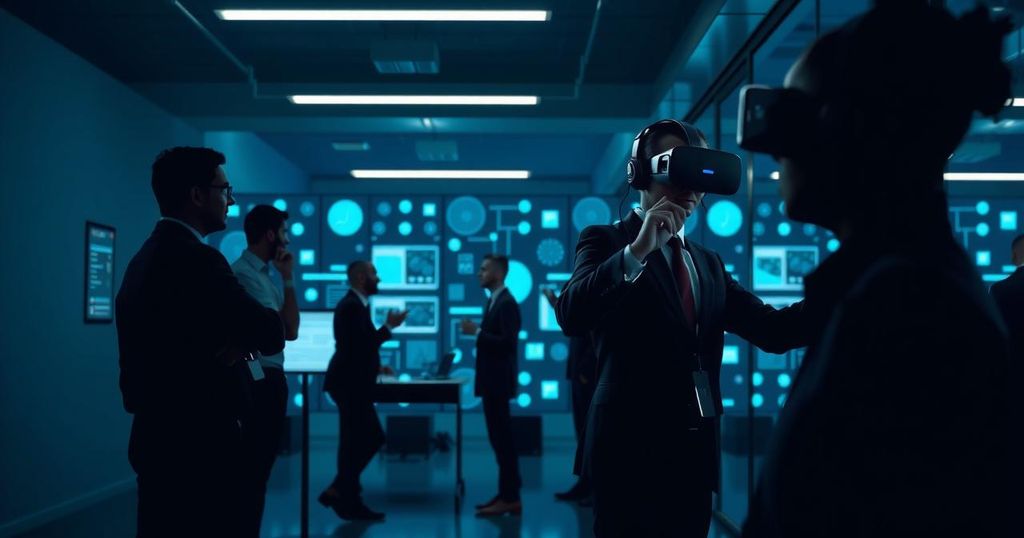Summary
Prominent organizations like Walmart and the US Police are increasingly adopting virtual reality (VR) for workforce training. Despite the substantial initial investment, VR proves more cost-effective compared to traditional training methods. The technology facilitates training across diverse subjects, including soft skills and scenario-based interactions, enhancing employee preparedness and understanding.
In recent years, prominent organizations such as Walmart, Volvo, United Parcel Service (UPS), and various police departments across the United States have begun to implement virtual reality (VR) technology for workforce training. This innovative approach encompasses training on topics ranging from hardware maintenance to soft skills development, including empathy and customer service, as detailed in a report by the Wall Street Journal. The adoption of VR for training purposes has been facilitated by the advancements in the technology over the last decade. With headsets becoming more accessible and reducing the likelihood of causing motion sickness, organizations are increasingly leveraging this method. While the initial investment for VR technology can reach six figures, experts, including Gartner analyst Tuong Nguyen, assert that it is still more cost-effective than traditional training methods. UPS utilizes VR to prepare its drivers for various scenarios, such as efficiently stacking packages and managing potential threats from aggressive animals. Walmart has taken a similar route, employing VR to develop their employees’ soft skills, particularly in dealing with frustrated customers. Additionally, St. James’s Place, a financial services firm based in London, engages financial advisers through VR training to enhance their client interaction skills. Law enforcement agencies across the nation also incorporate VR simulations to educate officers on the responsible use of firearms and effective citizen engagement. Moreover, VR training has expanded into sensitive areas, such as harassment prevention. This technology allows individuals to experience perspectives different from their own, fostering understanding in ways that traditional video training may not achieve.
The use of virtual reality in workforce training reflects a broader trend among organizations seeking innovative and effective solutions to develop their teams. Over the past 10 to 12 years, VR has transitioned from a niche technology to a widely recognized training tool due to its ability to simulate real-life scenarios, thereby enhancing learning outcomes. The reduced cost of headsets and advancements in VR technology render it an appealing option for both large corporations and governmental bodies. Companies and institutions are now able to craft proprietary VR content or acquire it through external partnerships, making the training process more tailored and effective than conventional methods, which often involve passive learning.
In conclusion, the integration of virtual reality into workforce training represents a significant evolution in educational methodologies across various sectors. With organizations such as Walmart and UPS leading the way, VR technology not only proves to be more efficient and immersive but also serves as a crucial tool in cultivating essential skills among employees. The investment in VR training, while considerable, offers substantial long-term benefits that can ultimately enhance workplace efficacy and safety.
Original Source: www.hindustantimes.com

Leave a Reply